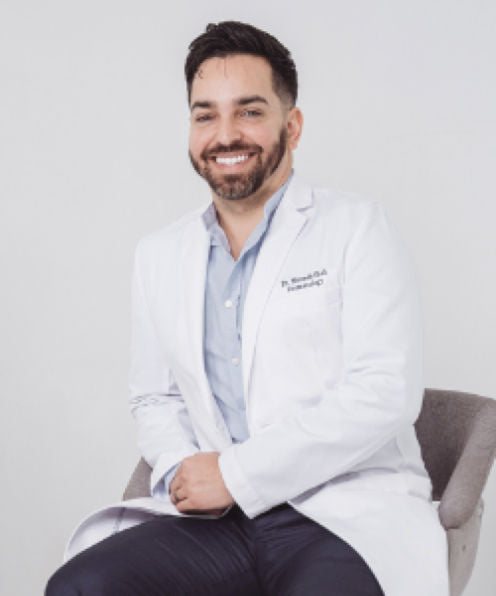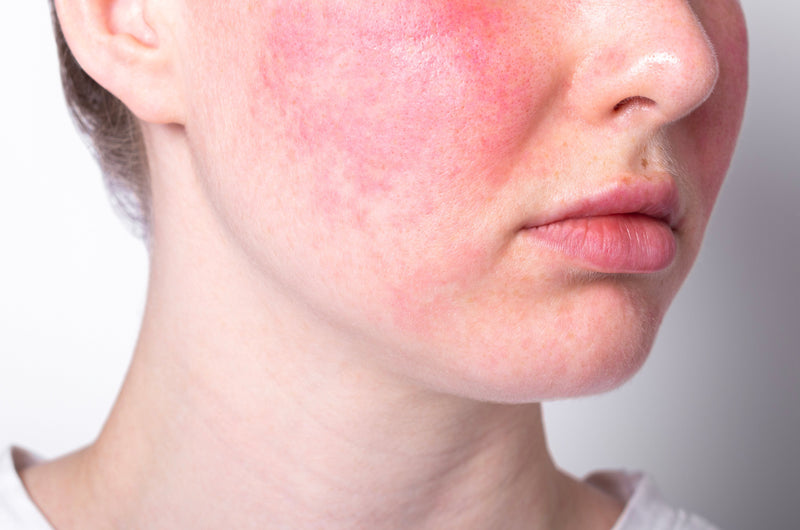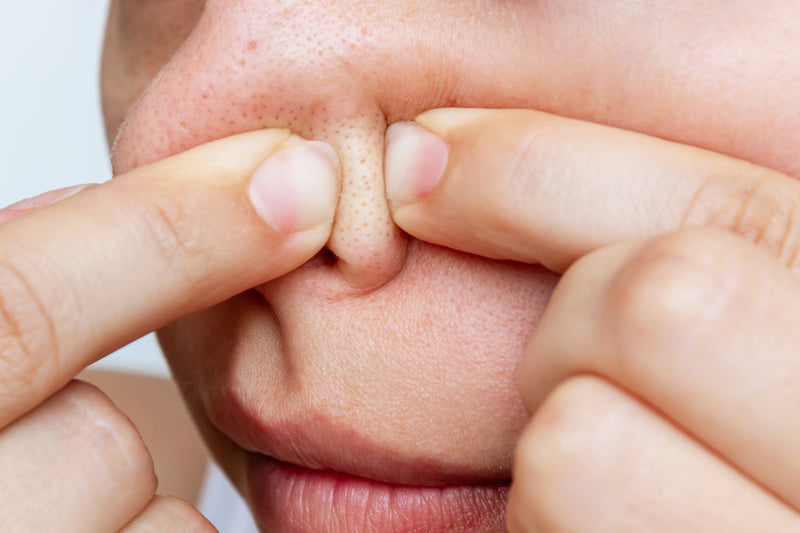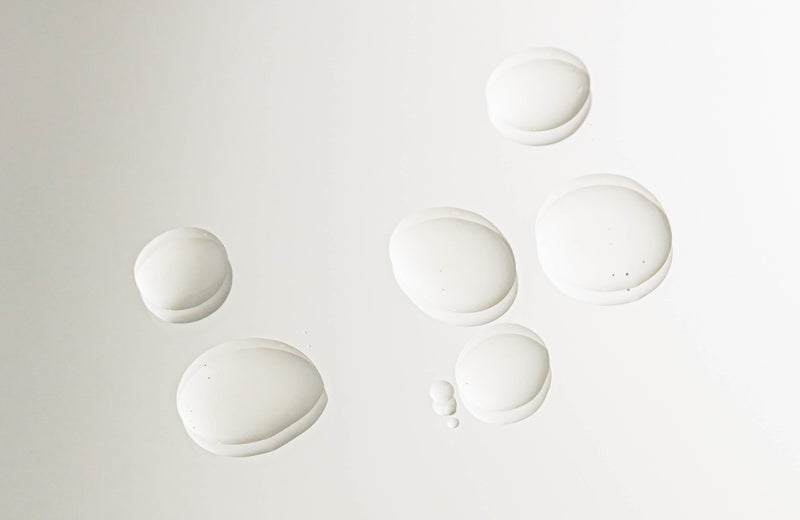How to Use Clindamycin for Acne (Without Wrecking Your Skin)
If you've ever gone to a dermatologist for acne, there’s a good chance you’ve been prescribed clindamycin. If you’re using clindamycin wrong, you might not get the full benefits — or worse, you could set yourself up for antibiotic resistance.
What is Clindamycin, Exactly?
Clindamycin is a topical antibiotic. It works by reducing the number of acne-causing bacteria (Cutibacterium acnes) on your skin and calming inflammation.
But here’s the thing: it doesn’t unclog pores and is prone to bacterial resistance over time. That’s why it’s almost never prescribed alone — it’s usually paired with other ingredients.
The Right Way to Use Clindamycin
Step 1: Cleanse Your Skin. You can either use a gentle, fragrance-free cleanser or an acne-specific cleanser here (with 4% benzoyl peroxide or 2% salicylic acid). If you have sensitive / dry skin, I'd recommend just a gentle cleanser for this step.
Step 2: Apply Clindamycin to Dry Skin. Pat your face dry and wait a minute or two. Applying clindamycin to damp skin can increase absorption, which sometimes leads to more irritation.
Step 3: Apply a very thin layer across the affected area — not just on individual pimples. Acne is a “full-face” kind of problem, even if you only see a few breakouts.
Step 4: Pair It Smartly with Other Actives. Most dermatologists (myself included) recommend combining clindamycin with:
- Benzoyl Peroxide: to prevent antibiotic resistance (more on that below)
- Retinoids (like adapalene): to unclog pores and prevent new breakouts
There are even combo products like clindamycin + benzoyl peroxide gels that do the work for you.
Step 5: Moisturize and Protect. Always follow up with a moisturizer and sunscreen during the day. Even though clindamycin itself isn’t super irritating, if you’re using it with benzoyl peroxide or retinoids, your skin can get dry or sensitive.
Biggest Mistakes to Avoid
🚫 Using clindamycin alone:
This is a major no-no. Bacteria can become resistant if clindamycin is used without benzoyl peroxide or another antibiotic (dapsone, doxycycline). Translation? The treatment stops working over time.
🚫 Spot-treating only:
Like we said, acne is a microscopic issue — even where you don’t see bumps yet. Always apply to the entire affected area.
🚫 Thinking it’s a forever medication:
Topical antibiotics are usually used short-term. Most derms will eventually taper you off once your acne is under control.
How Long Does It Take to See Results?
Be patient! It usually takes 6 to 8 weeks to notice real improvement. If you’re not seeing improvement by 8–12 weeks, follow up with your dermatologist. You might need to tweak your regimen.
Final Thoughts
Clindamycin is one of the best tools for treating inflammatory acne — but it needs to be used correctly to avoid resistance and get the best results. Think of it as a supporting character








